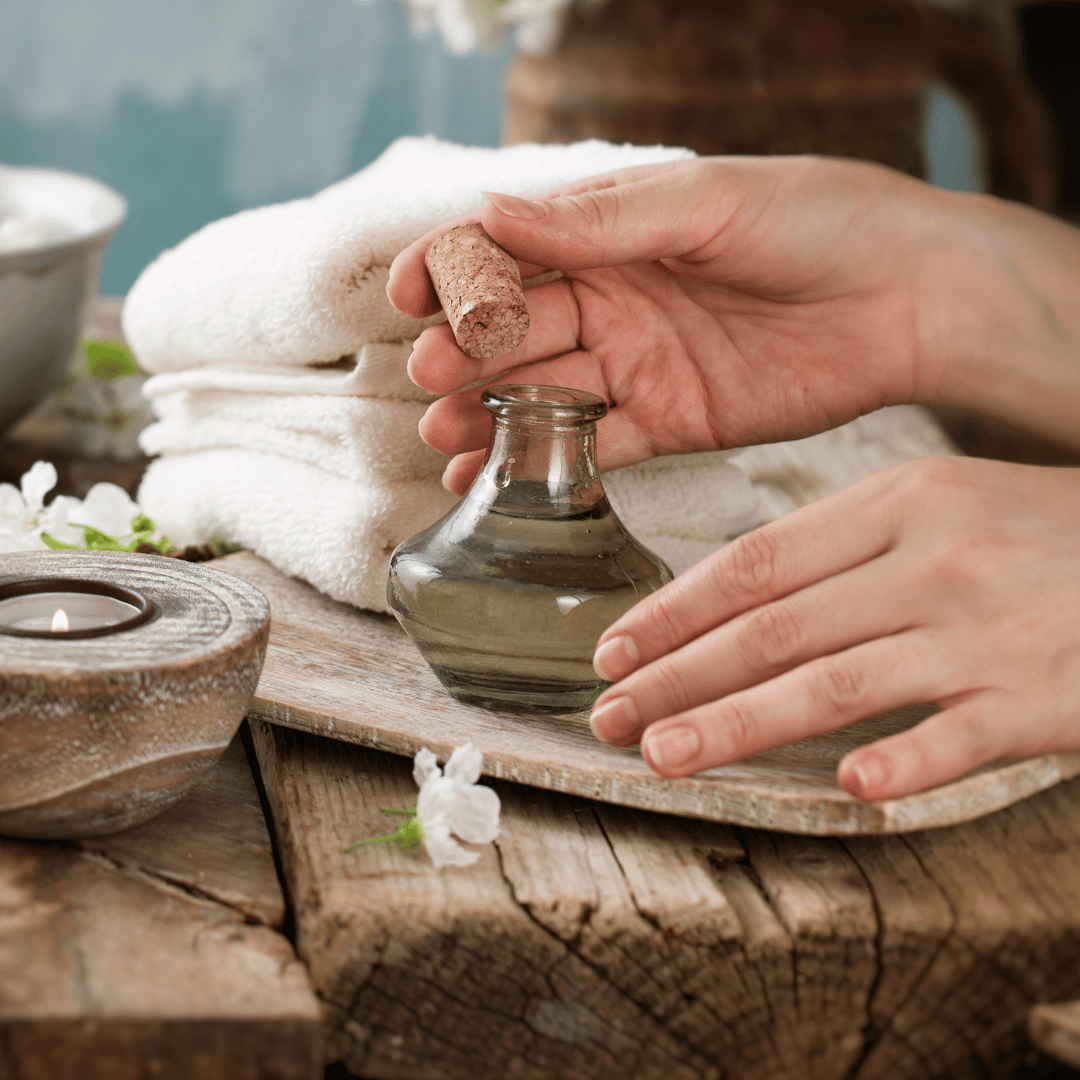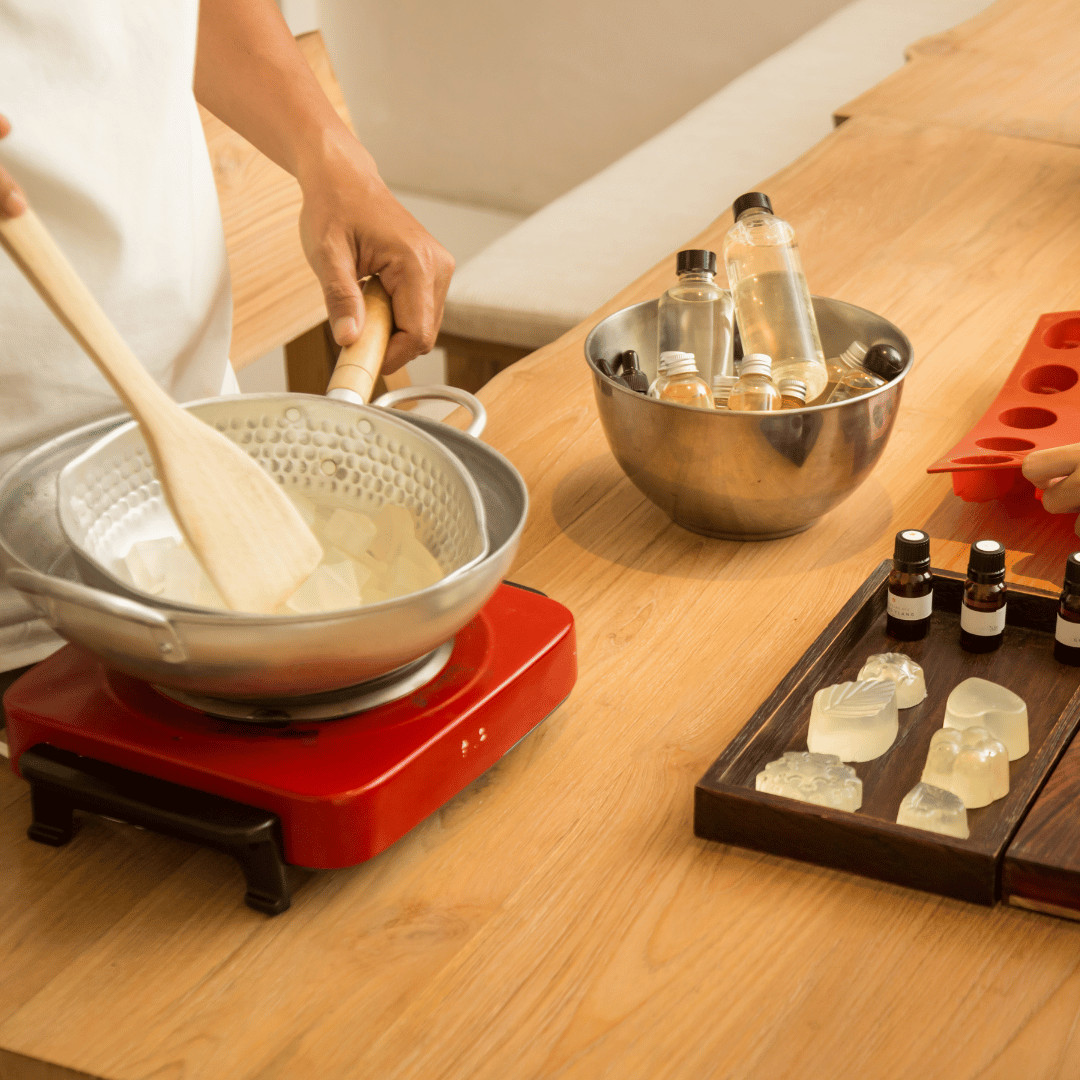You already know a little about the important role candle scent plays in your final product. You also now know about fragrance load, when to add the fragrance to your candle wax, and all about cold throw and hot throw.
This guide to candle scents is the place to answer all of your questions. We'll go deep but for now let’s begin with a basic introduction to the standard fragrance families along with their subcategories.
The guide to candle scents
Floral Fragrances
- Floral (Floral + Fresh Notes) Fresh-cut flowers
- Soft Floral (Floral Notes) Florals with aldehydes and powdery notes
- Floral Oriental (Floral + Oriental Notes) Floral with orange blossom and sweet spices
Oriental Fragrances
- Soft Oriental (Oriental + Floral Notes) Main notes include incense and amber
- Oriental (Oriental Notes) Main notes include oriental resins such as frankincense and vanilla
- Woody Oriental (Oriental + Woody Notes) Main notes include sandalwood and patchouli
- Woods Main notes include aromatic woods and vetiver
- Mossy Woods (Woody + Oriental Notes) Main notes include oakmoss and amber
- Dry Woods (Woody Notes) Main notes include dry woods and leather
- Citrus (Woody + Fresh Notes) Main notes include bergamot and other citrus oils
- Fruity (Fresh + Floral Notes) Main notes include berries and other non-citrus fruits
- Green (Fresh + Floral Notes) Main notes include galbanum and green notes
It’s also helpful to understand

Top notes are the first notes you perceive. In perfumery, top notes quickly evaporate and leave the fragrance with the middle and base notes. However, in candles, top notes remain and are a large part of your cold throw. And as we know, cold throw has everything to do with a customer deciding to buy or not buy our candle.
Citrus is a typical top note. If your fragrance is mainly citrus, it most likely will have a great cold throw, but could less than overwhelm on the hot throw. Also, be very careful to not overheat your wax.
It is recommended to add fragrances that are heavily citrus at 142 degrees, otherwise you risk the chance of the citrus fragrance burning off.

Middle notes are the heart of your fragrance and tend to round out the overall fragrance and will linger into the base notes. Lavender and rose are typical middle notes.

Base notes and middle notes are the main theme of a fragrance. Base notes bring depth and solidity to a fragrance. Base notes might not be as perceptible in the cold throw of the candle, but as the candle begins to burn the base notes will emerge, along with the heart notes. Be careful as some base notes can clog wicks if used in too high of dose, as they are too “heavy” to capillary up the wick. These might include oak moss and benzoin.
This is all a very simple guide to candle scents but enough to have a basic understanding and to be able to communicate professionally with your vendors as well as your customers.
This guide to candle scents might also now inspire you to mix it up a little on your own! Try blending a citrus with a floral and a nice woody fragrance for a well-balanced custom scent. How about a gourmand fragrance with floral and amber. The possibilities are endless, get creative, step out-of-the-box and have some fun!
Stay tuned for more custom fragrance blending recipes and inspiration!



Comment
Hi,
I am looking out for Christmas fragrances for candles and soaps. Could you suggest some names from your fragrance collection and what top and base notes they will smell of?
Look fwd to hearing from you.
Regards,